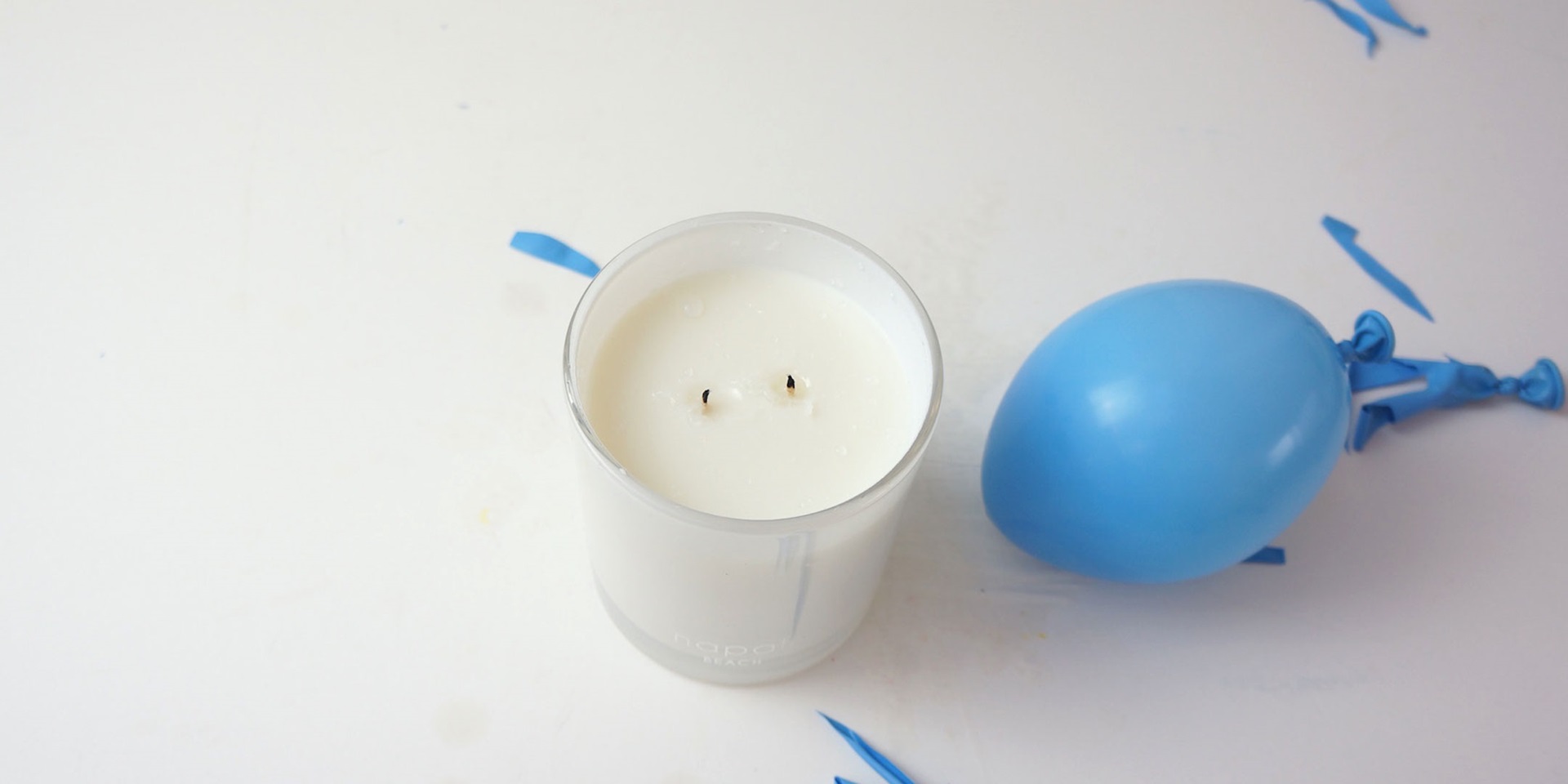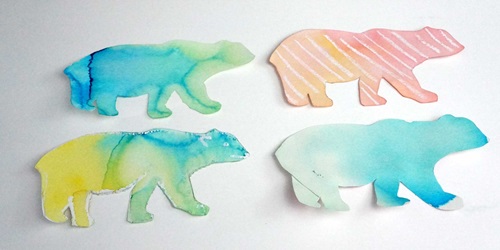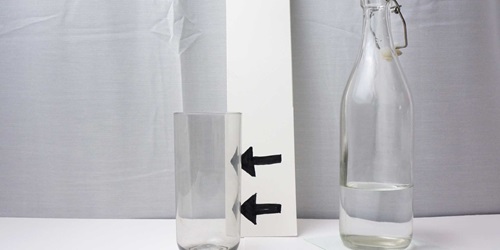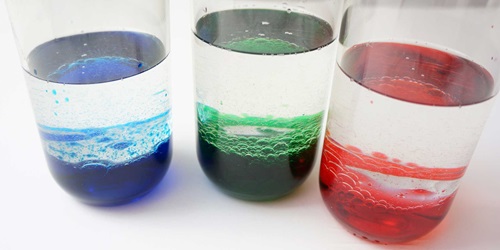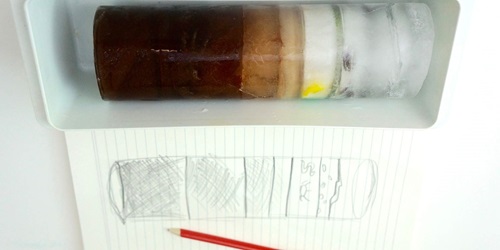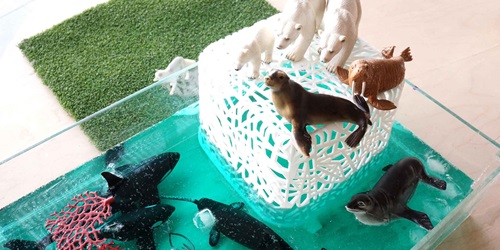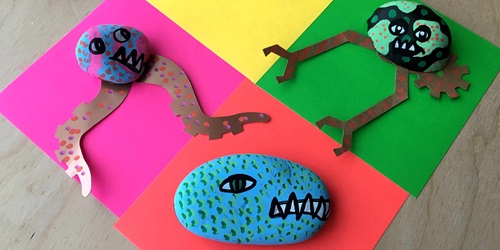Enjoying science play and simple experiments with children is a fun and easy opportunity to foster their curiosity and problem solving skills.
This experiment explores the effects of global warming and climate change in polar regions.
Suitable for ages: Primary and up
Time required: 15 mins
Difficulty: 2 out of 5
Related Programs: Elysium Arctic
Did you know... as well as the Elysium Arctic expedition there was a previous expedition called the Elysium Antarctic expedition. Both expeditions took scientists, musicians, artists, photographers and filmmakers to these polar environments to capture the effects of changing climates on the regions and to create art, images and exhibitions that would affect our actions as humans in protecting vulnerable animals and caring for our environment.
Climate change can be a very complex idea to describe to learners of any age. Polar environments and how they are impacted by changes in sea ice, sea levels and temperature is a big concept. So we’ve collected together a few simple experiments can be a tangible and memorable ways to delve into this idea.
Insulated balloon: how water absorbs heat
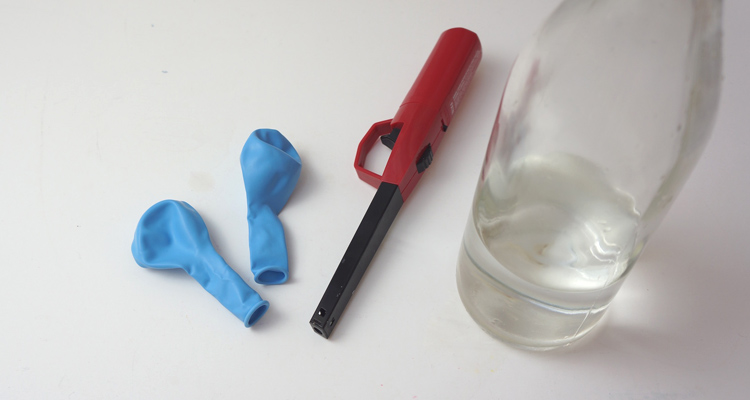
- Water
- A balloon
- A bbq lighter
- A measuring cylinder
To Make:
Step 1.
Put about 100mL of water in a balloon and then blow it up (you can’t put too much water in it). Have another balloon blown up without any water.
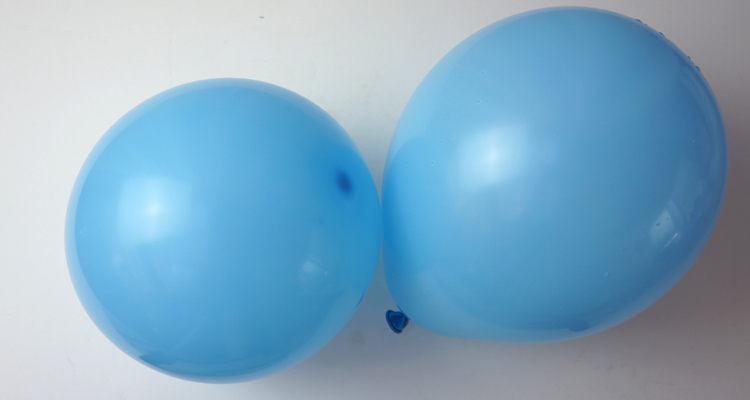
Step 2.
Carefully light your candle.
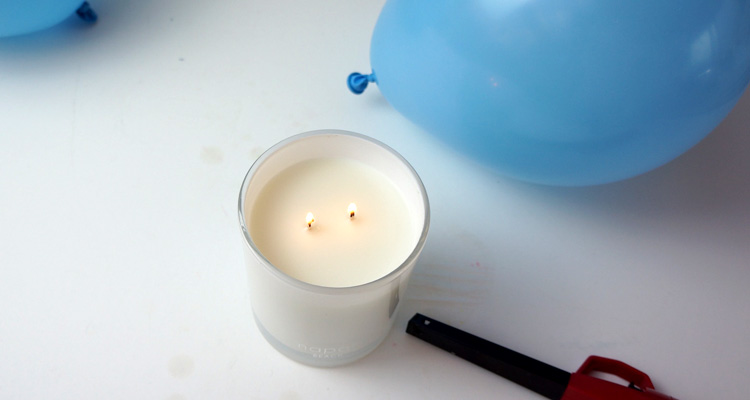
Step 3.
If you hold the flame to the normal balloon - you see the balloon will pop.
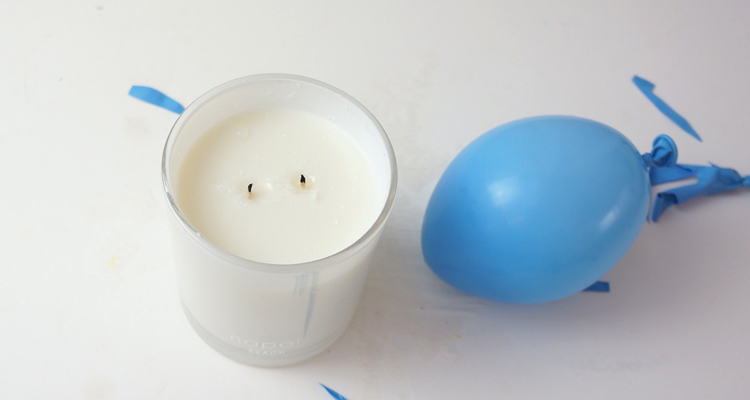
If you hold the flame to a balloon with water in it the balloon won’t pop because the water absorbs the heat, protecting the balloon.
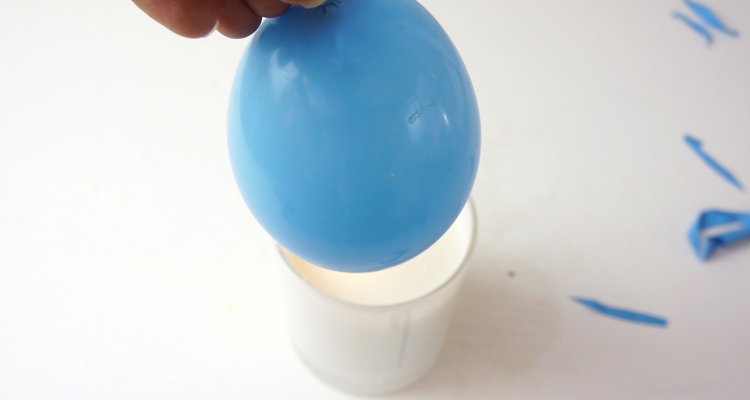
We’d love to see your creations!
Please send us photos either by email to: web@sea.museum or tag us on Instagram - just tag the photo with our username @sea.museum
You might also enjoy...
